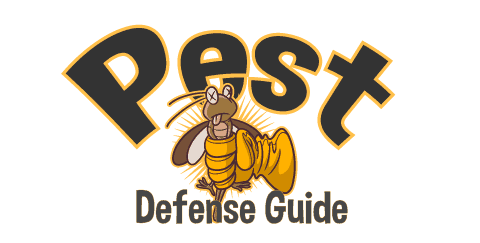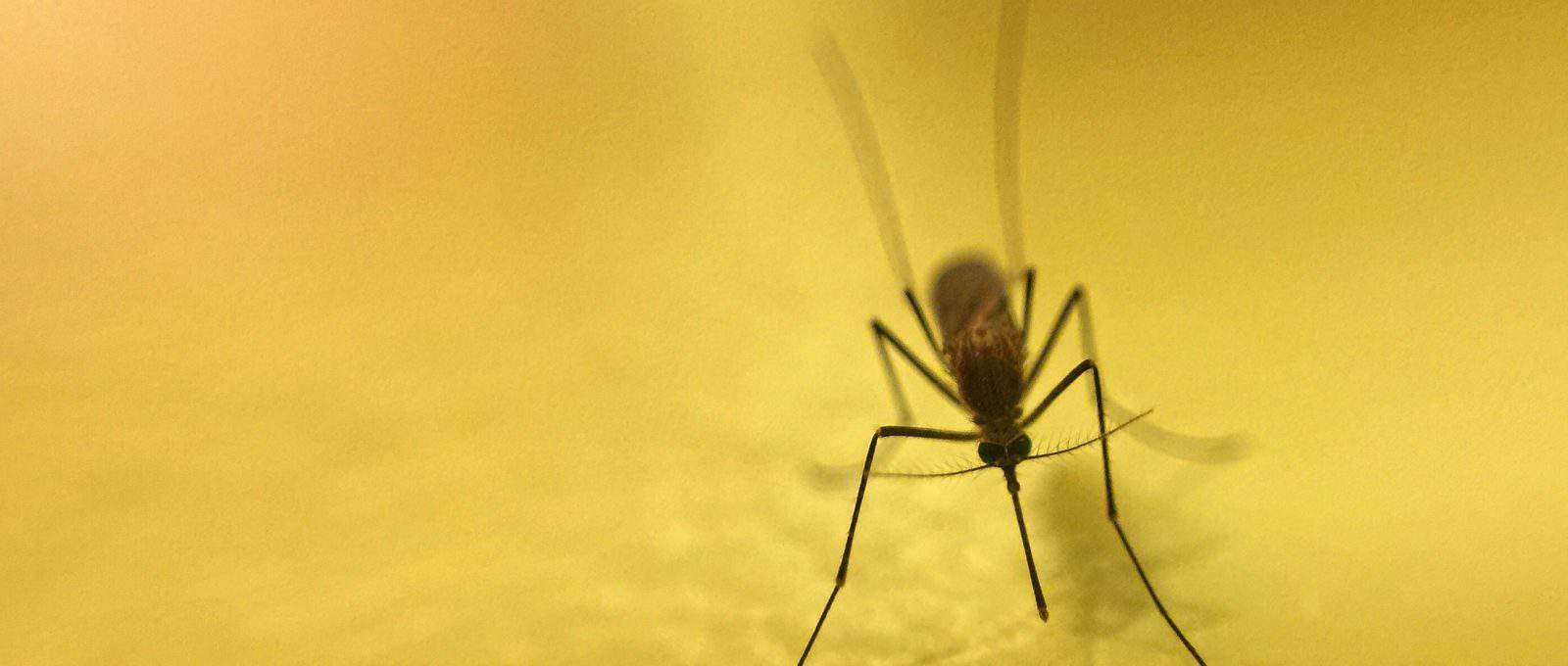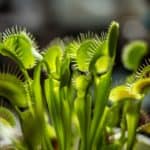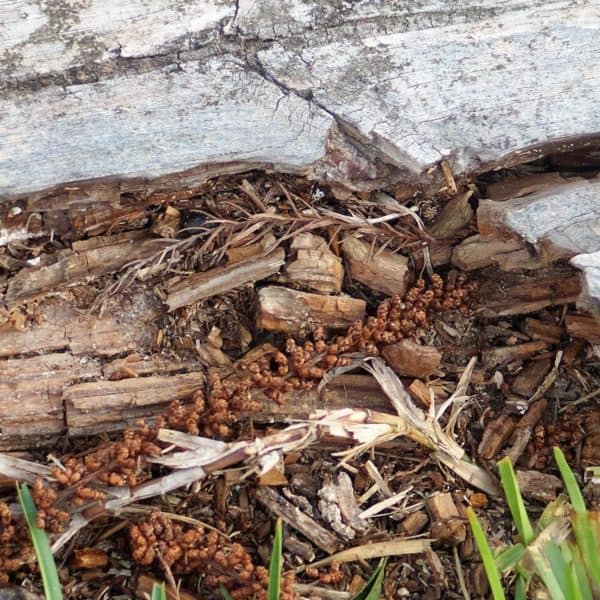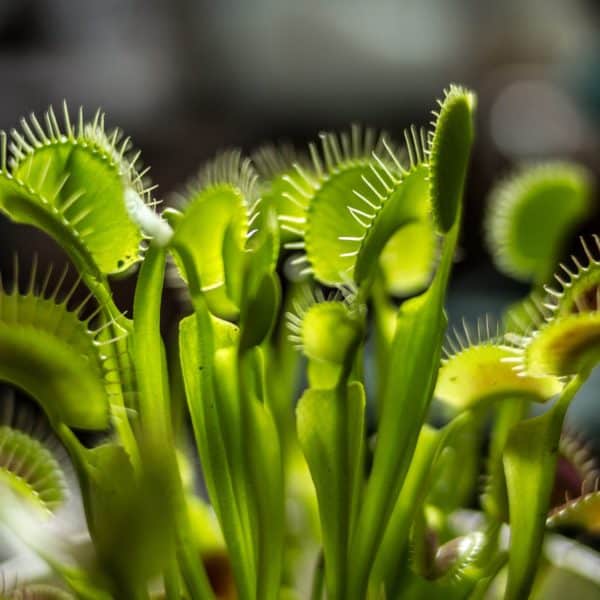What are the most dangerous and common insect bites for children?
Your children play around bugs constantly, but it can be scary to see a bug bite on them and not know what type of bug it was or if it was a dangerous bug.
Most bug bites do not pose a serious threat, but there are a few you should be aware of. As a result, we’re providing you with a guide on the most dangerous and common types of bug bites. You’ll also learn the signs for these bites and what you can do for relief in mild bug bite cases.
What are the Most Dangerous Bug Bites for Children?
The worse bug bites for children are usually from ones that are venomous or bugs that inject harmful diseases or bacterium as well as stings from bees, wasps, and other venomous creatures. That said, your child could be allergic to certain bugs, which can be very dangerous.
Harmless Bites, Dangerous Bites, and Stings
There’s a difference between harmless bug bites, venomous bug bites, and stings from insects. Most bug bites won’t cause serious issues. A few species can inject venom, parasites, or diseases when they bite you. Also, your child could be allergic to the bug and this will cause anywhere from a mild to a severe reaction. Stings, on the other hand, can have severe side effects and cause anaphylaxis shock if your child is allergic to the insect.
The majority of bugs that bite such as mosquitos, ticks, fleas, kissing bugs, bed bugs, flies, or beetles do not inject venom into the victim. A few bugs can inject your child with a parasite. For instance, the kissing bug bites around the mouth and eyes while you’re asleep, and it may inject its victim with Trypanosoma Cruzi a parasite that can be life-threatening. Ticks can also leave behind a bacterium called Borrelia burgdorferi and it causes Lyme disease. We discuss the signs and symptoms for bug bites later in this article and what you should do if you suspect your child has been bitten.
Bugs that do inject venom when they bite are ants and spiders. These kinds of bites can be extremely dangerous for your child or anyone else. Many children are allergic to ant bites, and some spiders such as the Brown Recluse or Black Widow can be fatal if the victim is not treated soon.
While many people think of bees, wasps, and hornets, and yellow jackets bite, they actually sting and bite sometimes. The bite can be painful but is usually harmless. A sting, on the other hand, may cause an allergic reaction, which could be severe and even fatal.
We’ve discussed quite a few bugs, such as bees, ants, spiders, and so forth, but these aren’t necessarily the most common bug bites that child may experience. Children play in around your home with little regard to their surroundings which makes them vulnerable to certain bugs more than other types of bugs.
What are the Most Common Bug Bites for Children?
Children are commonly bitten by different types of bugs, but they’re the ones found in play-areas or inside your home. The most common types of bug bites your child may get are:
- Ants: They’re in your child’s sandbox and in the grass where they play. More than likely, your child will at some point sit in, stand by, or run through an ant bed. We discuss the signs and symptoms you should be concerned with later in the article, but ants are usually harmless. Their bites, although painful and itchy, do not cause severe issues in most cases.
- Spiders: This is one of the bites you do need to worry about. Children love to play in dark areas, crevices, and other spots where spiders love to hide like under your porch. Many spider bites are harmless but it’s not safe to risk it. If you think your child was bitten by a spider, take them to the doctor immediately.
- Bees, Wasps, Yellow Jackets, & Hornets: The only thing you need to worry about with this group of insects is whether or not your child is allergic to them. Their stings and bites are painful but won’t cause serious issues unless someone is allergic to their venom.
- Fleas & Ticks: Their bites can be annoying, but it is rare for them to cause severe medical issues. Ticks can transfer several types of diseases, but there’s no way to know if your child has one until months after they’ve been bitten. If you live in an area with a lot of ticks, keep an eye on your child for symptoms that are associated with Lyme disease, Rocky Mountain Spotted Fever, and several others.
- Flies: Their bites are painful and itchy but harmless.
- Mosquitos: In several countries, they only cause discomfort and some inflammation if your child is allergic to mosquitos. They can carry parasites and diseases in other countries though.
- Chiggers: This little red bug causes little red spots all over your skin that can itch severely, but they do not cause any medical problems.
- Bed bugs: They are nocturnal, come out while you’re sleeping, then suck your blood. You’ll know you have bedbugs if you go to bed fine and wake with red spots all over your body, particularly in areas where your skin is exposed.
Signs Bug Bites in Children and How to Treat Them
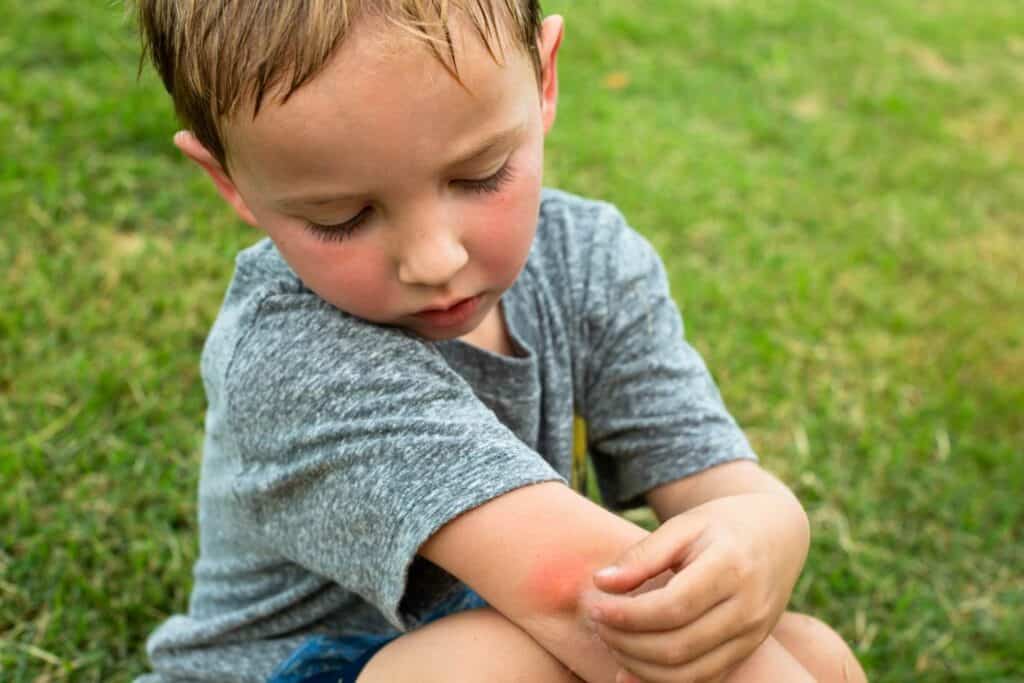
The signs and symptoms vary depending on the bite or sting, but you should be aware of them. In some instances, there’s no major concern and in other cases, you may need to seek medical attention.
Signs of an allergic reaction
This is your biggest threat because not many bug bites are fatal, but allergic reactions can be life-threatening or cause severe side effects. Allergic reactions may be swelling, redness, or a rash around the bite or sting. An allergic reaction can also be more critical, such as flushing, hives, intense itching, trouble breathing, swelling in the face, throat, or eyes, trouble swallowing, rapid pulse, or dizziness. If you suspect your child has a severe allergic reaction, get medical help immediately.
You can use an antihistamine for children and creams with hydrocortisone or antihistamine, calamine lotion, and oatmeal baths to help with minor allergic reactions and inflammation.
Signs of a Bite
Bug bites usually look about the same for mosquitos, fleas, bed bugs, and ticks. They leave behind small red circular marks that are painful or itchy. You can use child-safe topicals like calamine lotion, hydrocortisone creams, or antihistamine medication to help with the itching from these bites. You might also want to consider a pain reliever.
Signs of a Sting or Venomous Bite
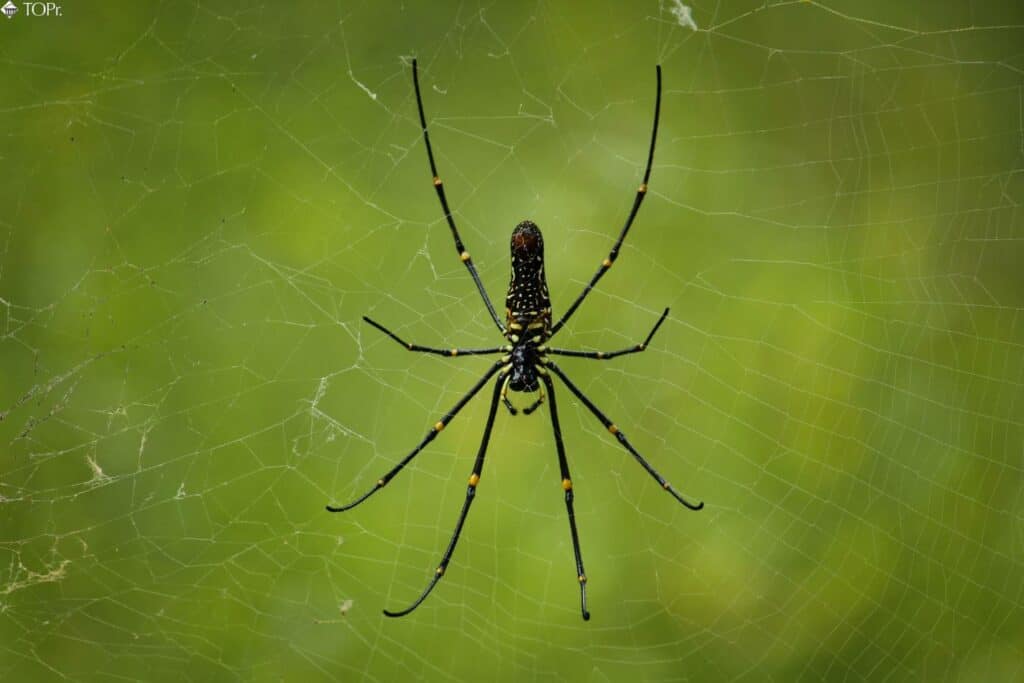
Most bee stings will not cause serious issues, but they can be painful. Bees, wasps, hornets, and yellow jackets leave a tiny red mark where they’ve stung you and may leave behind a stinger (bees and yellow jackets) that you need to remove before treating. With bee stings, you use the same creams and an antihistamine as we suggested above.
Ant bites show up as small, red pumps with a pus pocket and those too can be treated with creams, pain relievers, and antihistamines. Do not pop ant bites no matter how bad they look it can cause an infection.
Spider bites are another serious concern. Although some spiders won’t cause any real harm, several species can cause severe health issues and even death. If you did not see what kind of spider bit your child but suspect a spider bite, take them to the doctor. It’s always best to be cautious rather than waiting it out.
Can I Prevent Bugs from Biting or Stinging My Child?
It is almost impossible to keep your child from getting bit by bugs, but you can prevent many bites by using topical bug repellent. There are plenty of DIY repellents that are made with essential oils, different kinds of vinegar, and other natural ingredients as well as over the counters sprays and creams that will repel bugs.
You can also protect your child from bugs by treating inside and outside your home for pests. We have a detailed article on home remedies for repelling and killing common pests around your home.
In Conclusion
Bug bites can look nasty and even be scary, but they are rarely serious. The biggest threat is whether or not your child is allergic to a bug’s bite. Bug bites aside from spider bites can usually be treated at home with a pain reliever, antihistamines, and creams. Finally, you can protect your child and home with bug repellent.
